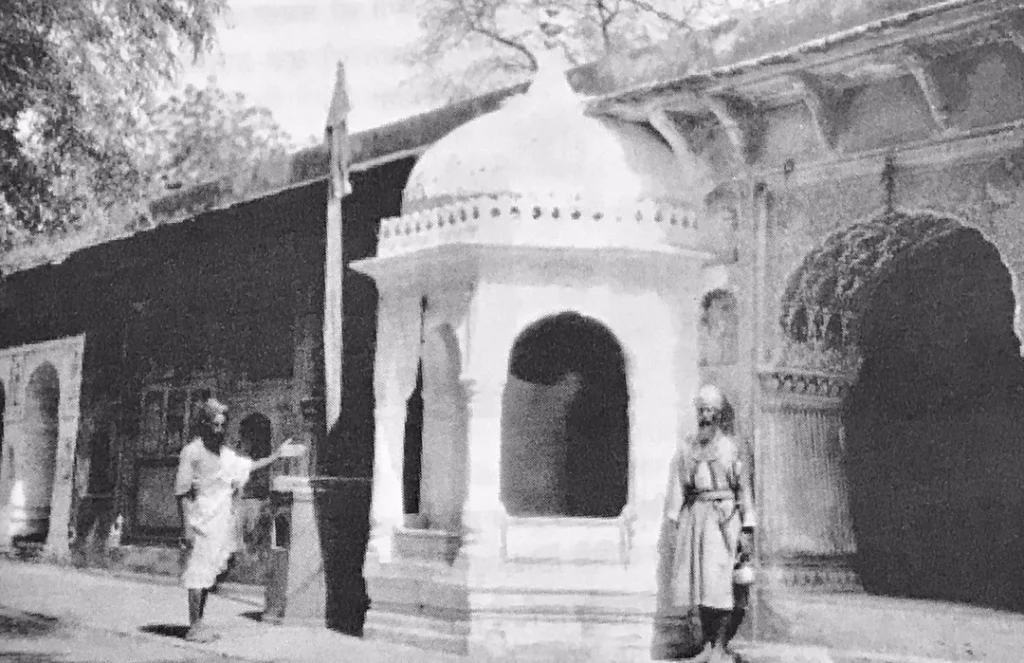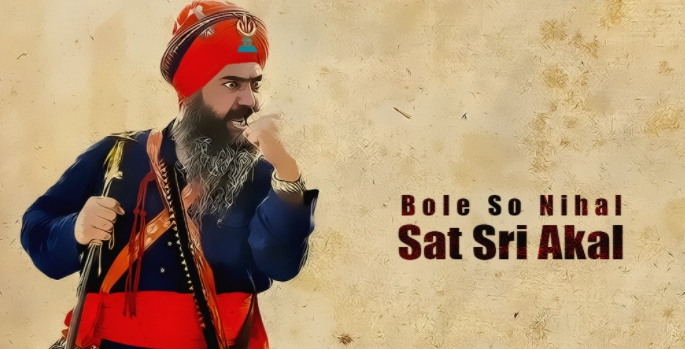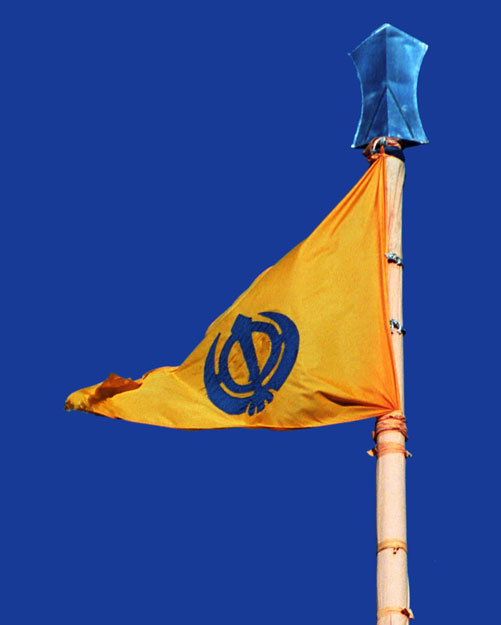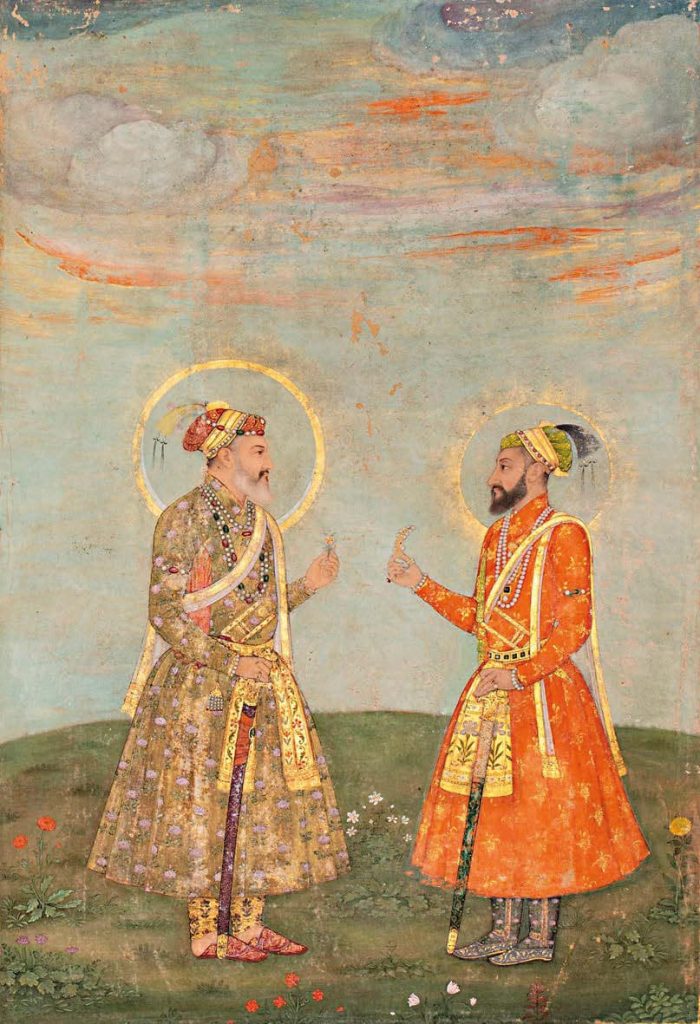Explore Akal Bunga, the iconic site housing the Akal Takht in Amritsar, a symbol of Sikh religious authority. Learn its role and history here.
Discover Akal Bunga Sahib Gurudwara in Anandpur. Learn about its historical significance, related to Guru Tegh Bahadur Sahib's legacy and Sikh faith.
Discover the deep meaning and history behind the Sikh jaikara, 'Bole So Nihal, Sat Sri Akal,' a powerful expression of joy and divine victory.
CHAUNKI or Chauki, lit. quarter, a four footed wooden platform upon which sat the holy choir to recite the sacred hymns in a gurdwara or at a gathering of the devotees. The term chaunki also refers to a session of kirtan or hymn singing, the number of singers at such sessions commonly being four, nowadays usually three, playing different instruments. Kirtan is a popular form of worship among Sikhs. At all major gurdwaras at least four kirtan chaunkfs are held. At the central shrine, in Amritsar, the Harimandar, kirtan goes on all the time, from 2.45 a.m. to 9.45 p.m.
Discover the rich biography of Guru Hargobind, vividly versified in GUKBILAS CHHEVIN PATSHAHl, capturing Sikh history's defining moments.
Explore the life and works of Singh Sahib Giani Kirpal Singh, an esteemed theologian and writer who enriched Sikh history and literature.
NISHAN SAHIB is the name for the tall Sikh flag which marks all gurudwaras and other religious premises of the Sikhs. Nishdn is a Persian word with multiple meanings, one of these being a flag or standard. Sahib, an Arabic word with the applied meaning of lord or master, is here used as an honorific. Thus Nishan Sahib in the Sikh tradition means the holy flag or exalted ensign. A synonymous term is Jhanda Sahib (jhandd also meaning a flag or banner). The Sikh pennant, made out of saffron coloured, occasionally out of blue coloured, mainly in the case of Nihangs, cloth is triangular in shape, normally each of the two equal sides being double of the shorter one.
Explore the life of Giani Pratap Singh, renowned Sikh preacher and journalist, known for his contributions to Punjabi literature and religion.
\'ABDULLA BHAI\', Abdul according to some Sikh chroniclers, was a Muslim minstrel who recited heroic balladry at Sikh congregations in the time of Guru Hargobind (1595-1644). Abdul was born in the village of Sursingh, now in Amritsar district of the Punjab. He first came to Amritsar in 1606 at the time of the installation ceremony for Guru Hargobind at the Akal Takht. According to Gurbilas Chhevin Patshahi, he and his companion, Bhai Nattha, sang the stanza on the occasion: The Throne everlasting Has by the Holy Guru\'s presence become haloed, Indescribable is its splendour, How may I sing its glory! Seeing the Guru, Both the sun and the moon were shamed.
Discover the inspiring journey of Sadhu Singh Bhaura, Jathedar of Sri Akal Takhat, a key figure in Sikh history who led religious reforms and social initiatives.








